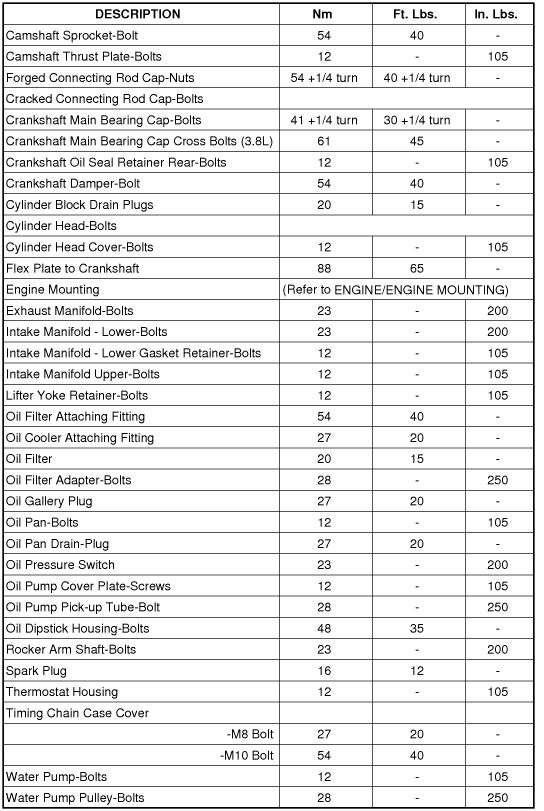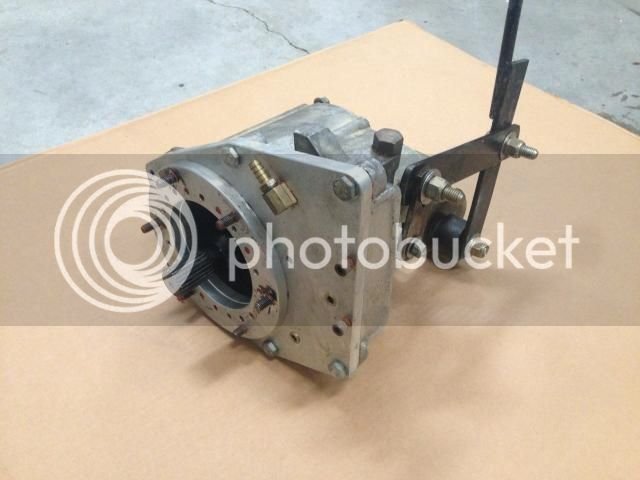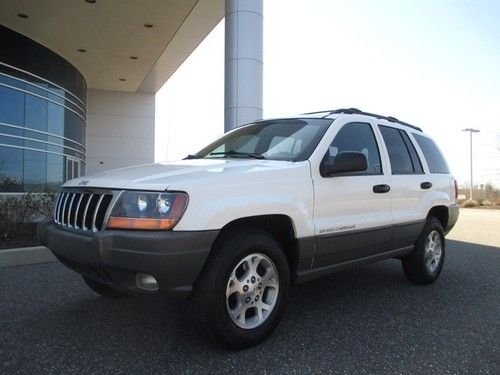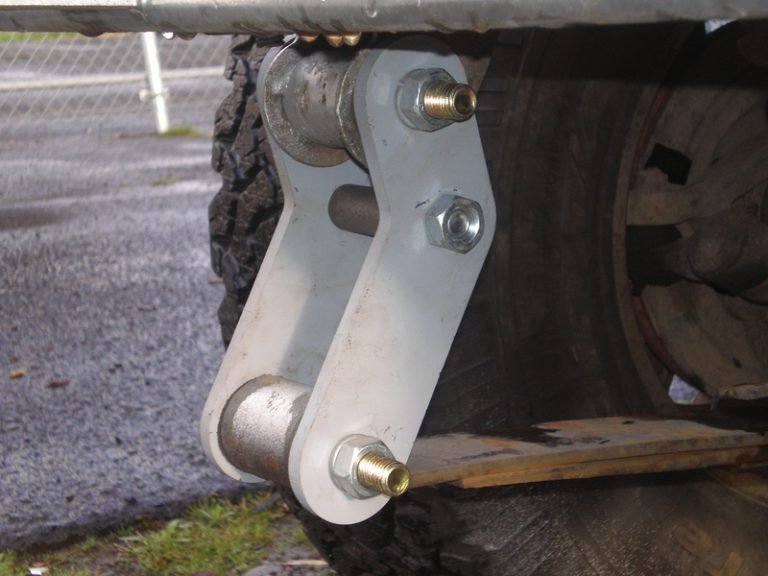Jeep 4.0 Flywheel Torque Specs
The Jeep 4.0 flywheel torque specifications are defined as the amount of force applied to fasten the flywheel to the crankshaft. Typically, this lies between 85-105 ft-lbs (foot-pounds), utilizing a torque wrench. This is a critical part of the Jeep engine assembly process because if the flywheel is too loose, it could spin independently and cause serious damage. On the other hand, if it’s too tight, it could cause unnecessary strain on the engine. In the automobile world, precision matters, and there’s no exception when it comes to adjusting your Jeep’s flywheel.

Understanding the Importance of Jeep 4.0 Flywheel Torque Specs
The flywheel in any engine has two significant roles. It serves as a balance by adding to the rotating mass, reducing vibrations and making the engine run smoother. It also forms the friction surface upon which the clutch plates compress, thereby transmitting power from the engine to the transmission system.
Due to such critical functionality, the flywheel must be tightly secured to the crankshaft, and that’s where torque comes into play. Torque is simply a measure of the twisting force required to spin the flywheel. Too little torque means the flywheel can become loose, leading to inefficiencies in power transfer or abnormal vibrations. Too much torque, on the other hand, can lead to bolt stretching or even cracking, which could damage the flywheel or the crankshaft. Therefore, it is crucial to adhere to manufacturer-specified Jeep 4.0 flywheel torque specs when making adjustments or replacements.
How To Ensure Correct Torque On Jeep 4.0 Flywheel
Is your Jeep 4.0’s flywheel correctly torqued? Here’s a checklist to ensure you’re doing it right:
– Ensure that your torque wrench is accurately calibrated. If not, its readings might mislead you.
– Clean and inspect the threads of the flywheel bolts before installation. Damaged or dirty threads can affect torque readings.
– Apply motor oil lightly on the threads and under the bolt heads before installation.
– Ensure the flywheel is correctly aligned before bolt installation.
– Install the bolts and tighten them uniformly and sequentially to about 35 ft-lbs.
– After the initial tightening, go round again, tightening each bolt to the final torque between 85-105 ft-lbs.
Frequently Asked Questions
Q. Why are the Jeep 4.0 flywheel torque specs so important?
Flywheel torque specs determine how tightly the flywheel is secured to the crankshaft. If these bolts aren’t tightened to the correct specification, the flywheel may not be properly secured, leading to loss of power, increased vibrations, and potential damage to your engine and transmission system.
Q. Can I tighten the flywheel bolts without using a torque wrench?
Technically, you could tighten these bolts without a torque wrench, but it would be challenging to determine whether the proper torque value has been reached. This might result in under-tightening or over-tightening the bolts, both of which can cause severe engine damage. Therefore, a torque wrench is an essential tool in this process.
Final Thoughts
In conclusion, the importance of the Jeep 4.0 flywheel torque specifications cannot be overstated. Adhering to these specs is a critical step in ensuring your vehicle’s longevity, performance, and overall health. So, the next time you are working on your beloved Jeep 4.0, remember to pay attention to the flywheel torque specs and always use a calibrated torque wrench. Not only does this guarantee efficient power transmission, but it also protects crucial engine components from possible damage caused by under or over tightening. Happy Jeeping!







